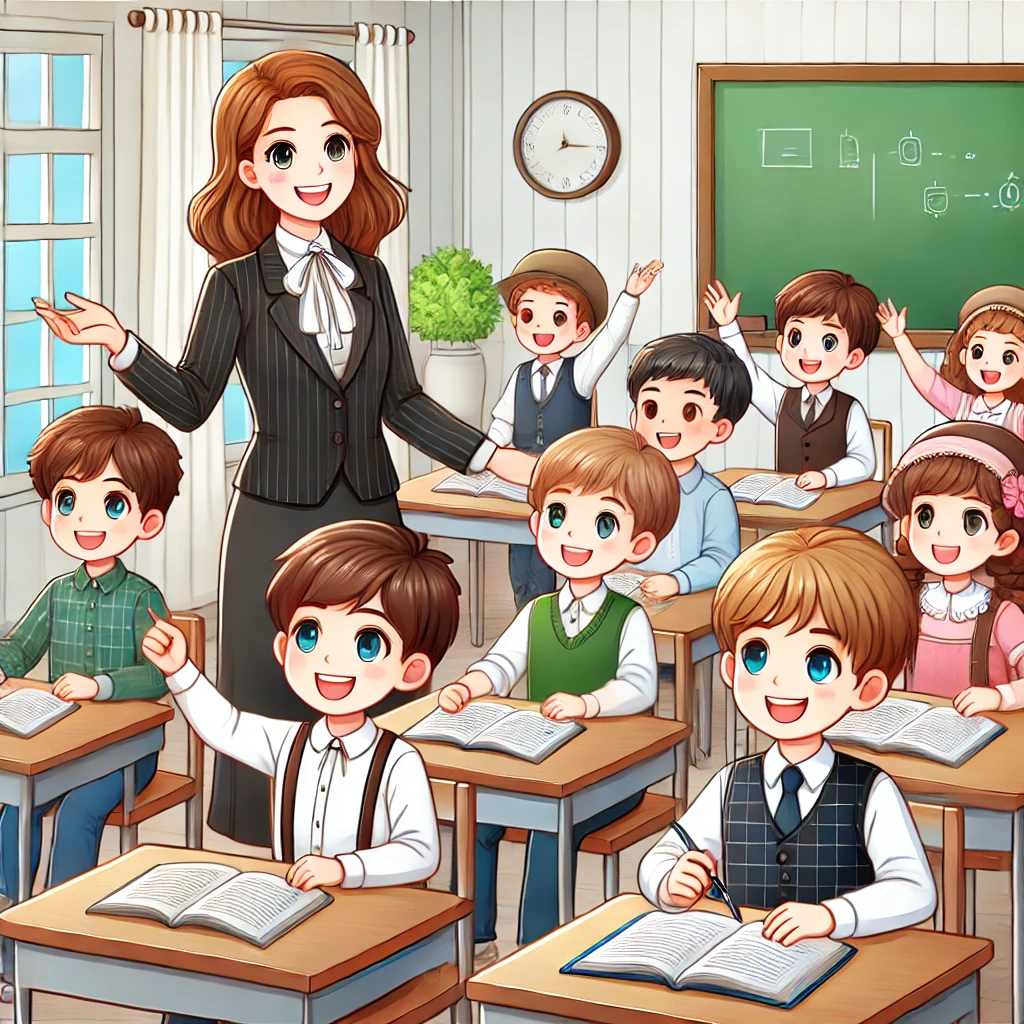Table of contents
1. The Impact of Visual Aids and Props in TEFL
2. Benefits of Incorporating Visual Aids and Props in Teaching
3. Practical Tips for Using Visual Aids and Props in the Classroom
4. Conclusion
The Impact of Visual Aids and Props in TEFL
In the world of Teaching English as a Foreign Language (TEFL), the use of visual aids and props has proven to be a powerful tool in enhancing language learning. Visual aids such as flashcards, realia, diagrams, and videos, along with props like puppets, toys, and objects, play a crucial role in making lessons more engaging, interactive, and effective for students of all ages and language proficiency levels. By incorporating these visual elements, educators can create a dynamic learning environment that caters to diverse learning styles and promotes better retention of language concepts.
Benefits of Incorporating Visual Aids and Props in Teaching
The benefits of using visual aids and props in TEFL are numerous. Firstly, visual stimuli help to capture students' attention and maintain their interest throughout the lesson. This is especially important in language learning, where engagement and motivation are key factors in achieving fluency. Visual aids also aid in clarifying abstract concepts, making them more concrete and understandable for students. By providing a visual representation of vocabulary words, grammar rules, or cultural concepts, educators can facilitate comprehension and retention.
Moreover, visual aids and props can cater to different learning styles, such as visual, auditory, or kinesthetic, ensuring that all students have equal opportunities to grasp the lesson content. For visual learners, seeing images or diagrams can enhance their understanding, while auditory learners may benefit from videos or recordings. Kinesthetic learners, on the other hand, can engage with props and physical objects to reinforce their learning. By incorporating a variety of visual elements, educators can create a well-rounded lesson that appeals to a diverse range of learners.
Practical Tips for Using Visual Aids and Props in the Classroom
When incorporating visual aids and props in the TEFL classroom, it is essential to consider the following practical tips:
1. Choose visuals that are clear, relevant, and age-appropriate for your students.
2. Integrate props that are culturally sensitive and contextually relevant to the lesson.
3. Use a variety of visual aids to cater to different learning styles and preferences.
4. Ensure that props are sturdy, safe, and easy to handle for students of all ages.
5. Encourage student interaction by incorporating visuals into group activities, games, or role plays.
By following these practical tips, educators can maximize the benefits of visual aids and props in the TEFL classroom, creating a stimulating and effective learning environment for their students.
Conclusion
In conclusion, the use of visual aids and props in TEFL is a valuable strategy for enhancing language learning outcomes. By incorporating these visual elements into lessons, educators can improve student engagement, comprehension, and retention of language concepts. The benefits of using visual aids and props extend to all learners, irrespective of their age, language proficiency, or learning style. Through thoughtful integration and creative implementation, visual aids and props can transform traditional language lessons into dynamic and interactive experiences that promote language acquisition and fluency.
Tefl reviews - Coursebooks And Materials/use Visual Aids What can I do to make my TESOL classes more engaging for children? Tefl reviews - Call English Teacher Jobs Gandhidham, India TESOL Course English Teacher Jobs McAllen Texas, United States TESOL Course Tefl reviews - Teaching English Esl Efl Tips/past Tenses Past Simple Structure Tefl reviews - Ask Linda How To Pronounce Obstinate What can I do to make my TESOL lessons more interactive for young learners? English Teacher Jobs Tilburg, Netherlands TESOL Course English Teacher Jobs Suhaj, Egypt TESOL Course





